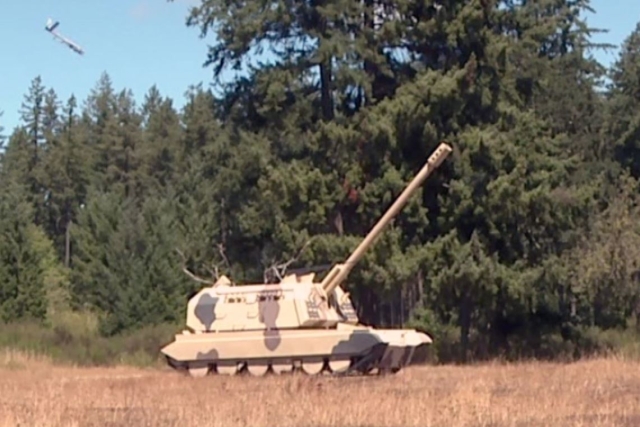Lockheed Develops LTE-Over-Satellite System for Improved Connectivity

Lockheed Martin has developed a new LTE-over-Satellite system designed to provide connectivity to remote regions.
Such a system has been developed for the first time. It can be used in areas without cellphone coverage, boats off-shore, or during natural disasters like hurricanes, wildfires, earthquakes, catastrophic floods or volcanoes, the company said in a statement Wednesday.
New hotspots connect existing phones to satellites for reliable 4G connections.
"When disaster strikes, cell phone networks often go down – whether because of the event or because of the sheer volume of traffic," said Maria Demaree, vice president and general manager of Mission Solutions at Lockheed Martin Space.
"So, it's important to have new ways to connect families and first responders with people who would be otherwise cut off from contact," she added.
Durring an emergency that knocks out cellular networks, specialized satellite phones are the only option for mobile connectivity. While satellite phones will still play a key role in disaster recovery, the LTE-over-Satellite solution enables people complement satellite phones with their existing commercial phones to connect to a pop-up cellular network that is connected directly to a satellite.
The system takes advantage of the fact that 4G devices are widely used. According to a 2018 Global mobile Suppliers Association (GSA) report, LTE now accounts for more than a third of all mobile subscriptions globally (35.7%).
LTE offers broadband data rates in addition to voice and SMS, so important photos, files and commerce can take place when traditional communications infrastructure is disrupted.
The new mobility system isn't limited to use during natural disaster or terrorist attacks, it can be used by offshore fisherman located far from cell towers, remote mineral production outposts, scientific and research stations, and in agriculture operations.
Hotspots can be mounted to vehicles, trucks, or ships to provide additional connectivity. For example, with a vehicular-mounted device, LTE-over-satellite connectivity follows a first responder straight to the scene without a separate device. It can be used on cargo trucks to transmit locational data, shipment information and allow vital voice communication to connect with a central dispatcher, according to the company.










